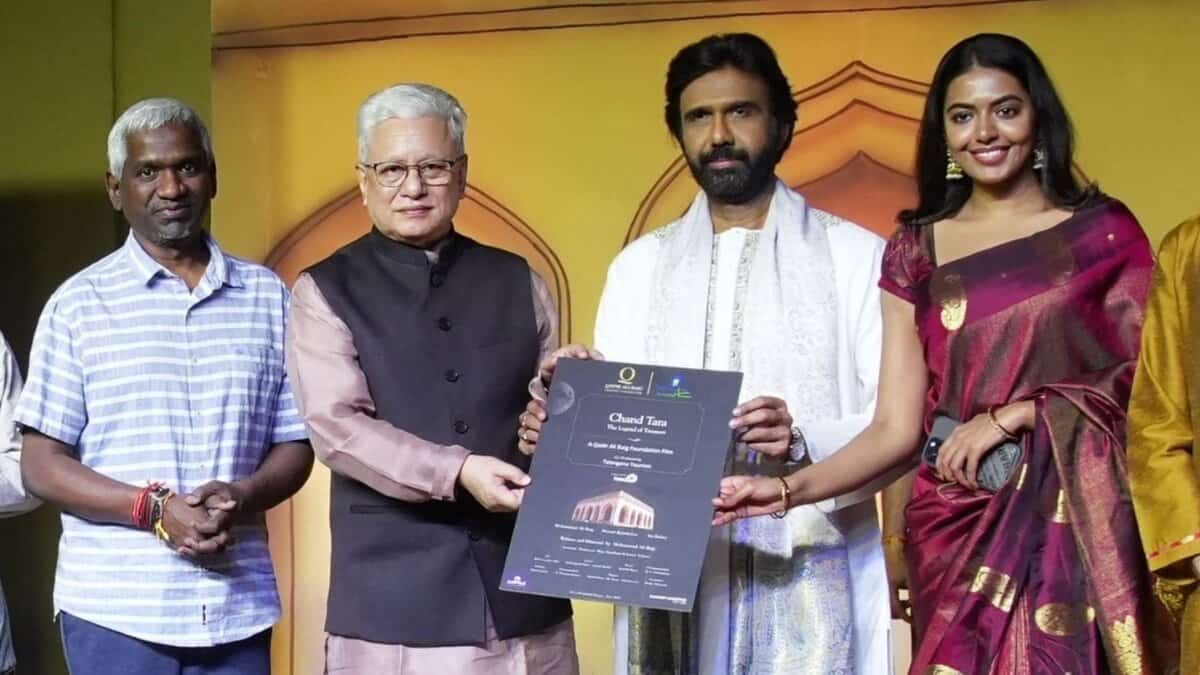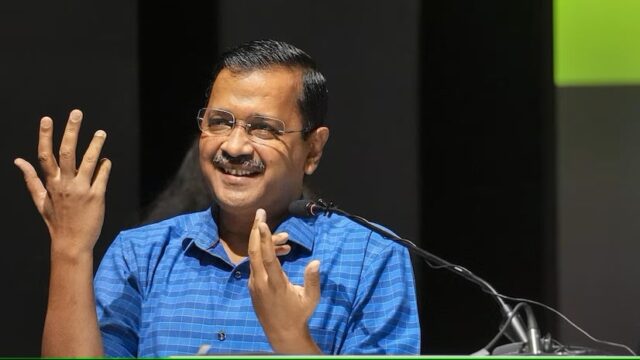When Modi seemed invincible in 2015, following his victories in Maharashtra, Haryana, Jharkhand, and Jammu after his stupendous 2014 parliamentary win, he suffered one of the most humiliating defeats of his political career in Delhi. His opponent then was not a battle-hardened army of seasoned politicians but a ragtag group of amateurs with just two years of political experience and a single assembly election behind them. Despite Modi pulling out all the stops, including deploying over 300 MPs to campaign in Delhi, AAP triumphed, securing 67 of the 70 seats. The BJP could manage only three.
The humiliation was repeated in 2020 when AAP once again inflicted a heavy defeat on the BJP by winning 62 seats. It stung Modi’s ego further, given that just six months prior, Modi had rewritten history by winning 303 seats in the general elections with an increased vote share. In the general elections, AAP had been reduced to the third position in Delhi, with just 18.11% of the vote share, trailing behind Congress, which secured 22%. Yet, in the assembly elections, AAP experienced a miraculous surge, increasing its vote share by 36% and winning 53.41% of the votes. The BJP did improve its vote share by more than 6%, but it could only secure eight seats.
Now, with the BJP facing a weaker national presence and struggling to secure a majority in the 2024 elections, can Modi and his army turn the tables on Kejriwal in the upcoming 2025 assembly elections? Can Modi avoid another Waterloo?
Looking at the statistics from all three elections—parliamentary, assembly, and MCD—a definite pattern emerges. Despite AAP’s best efforts, it has not managed to secure a single parliamentary seat in Delhi since 2014. Even in 2024, when AAP formed an alliance with Congress, it failed to win any seats. Its best performance came in 2014 when it secured 32.9% of the vote share, but even that was insufficient to win any seats. In contrast, AAP’s performance in assembly elections has been impressive. In 2015, AAP gained a 21% increase in votes compared to the 2014 parliamentary elections. In 2020, this leap tripled, with a total gain of 36%. In both assembly elections, AAP garnered 54% and 53.4% of the vote, respectively. The question now arises: can AAP replicate this success in 2025?
Looking at MCD elections offers further insight. In the 2017 MCD elections, AAP faced a crushing defeat, securing just 25.8% of the vote. The Congress gained 21.29%, and the BJP secured 36.3%. At the time, the BJP made a bold move by discarding its old candidates and giving fresh faces a chance in all 270 seats. AAP, despite exerting considerable effort, won only 49 seats, while the BJP secured 181. Just two years later, in the 2022 MCD elections, despite its 15-year dominance, the BJP still managed to improve its vote share, reaching 39.09%, while AAP received 42.05%. AAP won 134 seats to the BJP’s 104.
This indicates several things:
One, despite consistently losing assembly elections since 1998, the BJP remains a formidable force with a solid social base, generally ranging between 32% and 39%. In both the last assembly and MCD elections, the BJP improved its vote share, reaching 39%. In the 2017 MCD elections, despite a massive mandate, the BJP’s vote share was only 36.3%, which improved by 3.03% in 2022. Similarly, in the last assembly election, the BJP only won eight seats but increased its vote share by 6.21% compared to 2015.
Two, AAP is still not seen as a national player in Delhi. In all three parliamentary elections, it has failed to win a single seat. In contrast, the BJP’s vote share surged to 56.88% in 2019 and 54.35% in 2024. AAP remains a formidable force in assembly elections but still lacks the national presence required to secure a parliamentary win.
Three, unlike the BJP, AAP does not have a solid, loyal social base. Its support base oscillates between 18% and 54%, which creates a shifting loyalty that could cause concern for AAP’s future.
Despite being in power since 2013, except for a few months in 2014 when Delhi was under President’s Rule, AAP has failed to create a solid, loyal vote base. The key reason lies with Kejriwal. Delhi’s residents have a unique love affair with Arvind Kejriwal. They vote overwhelmingly for AAP in assembly elections because they know Kejriwal will be the Chief Minister. They trust him. But in other elections, their loyalty shifts, as they know Kejriwal won’t be the Prime Minister or lead MCD. Similarly, Delhi voters choose Kejriwal for assembly elections, but in parliamentary elections, they vote for Modi.
Both Kejriwal and Modi overshadow their own parties, their personas much bigger than their organizations. This shows that many Delhi voters neither fully support AAP nor BJP. The Congress, since Sheila Dixit’s time, lacks a leader who can match the charisma of Kejriwal and Modi. In the 2020 assembly elections, Congress was reduced to just 4.26% of the vote.
In this context, the BJP can only hope to unseat AAP in 2025 if it can dent Kejriwal’s cult status. The BJP has tried to discredit Kejriwal’s image, including by implicating him in the liquor scam and making a big issue of his Chief Minister’s bungalow. While Kejriwal knows these issues have impacted his image, it’s uncertain whether they’ve been enough to end Delhi’s love affair with him. If not, Modi might face another Waterloo.
The writer is Co-Founder, SatyaHindi.com, and author of Hindu Rashtra. He tweets at @ashutosh83B

















































